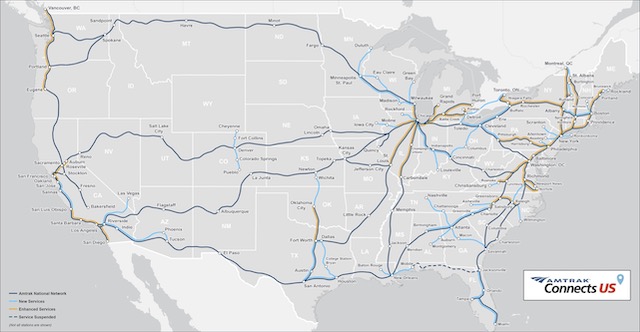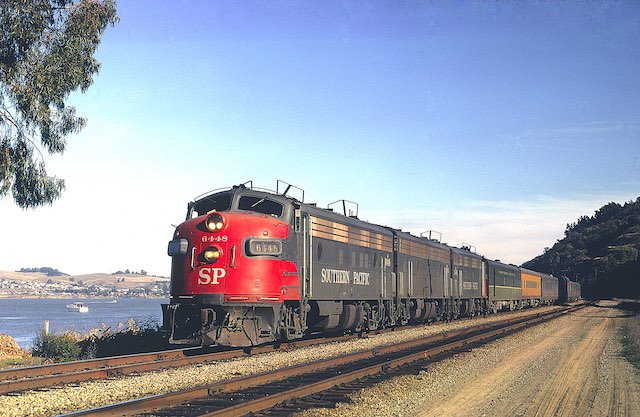Amtrak is under fire from a lot of pro-rail groups and experts. “The Amtrak era is over,” declared a recent op-ed in Railway Age magazine by F.K. Plous, who works for Corridor Rail, a “passenger rail development, finance and management company.” Amtrak, continues Plous, has “no goals, no growth strategy and no meaningful success/fail criteria.” However, instead of defunding it, Plous predictably proposes even more subsidies managed by a new agency or company (perhaps Corridor Rail?) that would somehow be better than Amtrak, and of course, backed up by “all the statutory, budgetary and bureaucratic resources needed to take passenger trains into the post-Amtrak world.”
Railway Age is hardly a railfan magazine, but it is not the only passenger train supporter that is critical of Amtrak. A few months ago the Railroad Passenger Association (formerly the National Association of Railroad Passengers) released a study claiming that Amtrak accounting was “fatally flawed” resulting in a “a false framing of Northeast Corridor services as ‘profitable’ and the rest of the system as ‘unprofitable.'” In fact, says RPA, all of Amtrak’s routes are unprofitable, which leads it to the curious conclusion that all should be subsidized even more.
Trains magazine joined the fray with an article in its January 2019 issue that partly relied on the RPA report and partly on its own research arguing that Amtrak’s management has a “no-growth policy” that results from “misplaced priorities.” Much of the article is based on an accounting system that was developed by an outside agency that Amtrak doesn’t trust and doesn’t use. But Trains seems to think that, despite not using it, it has somehow distorted Amtrak’s policies. In any case, the magazine’s conclusion is the same: Amtrak is awful, give it more money. Continue reading →









